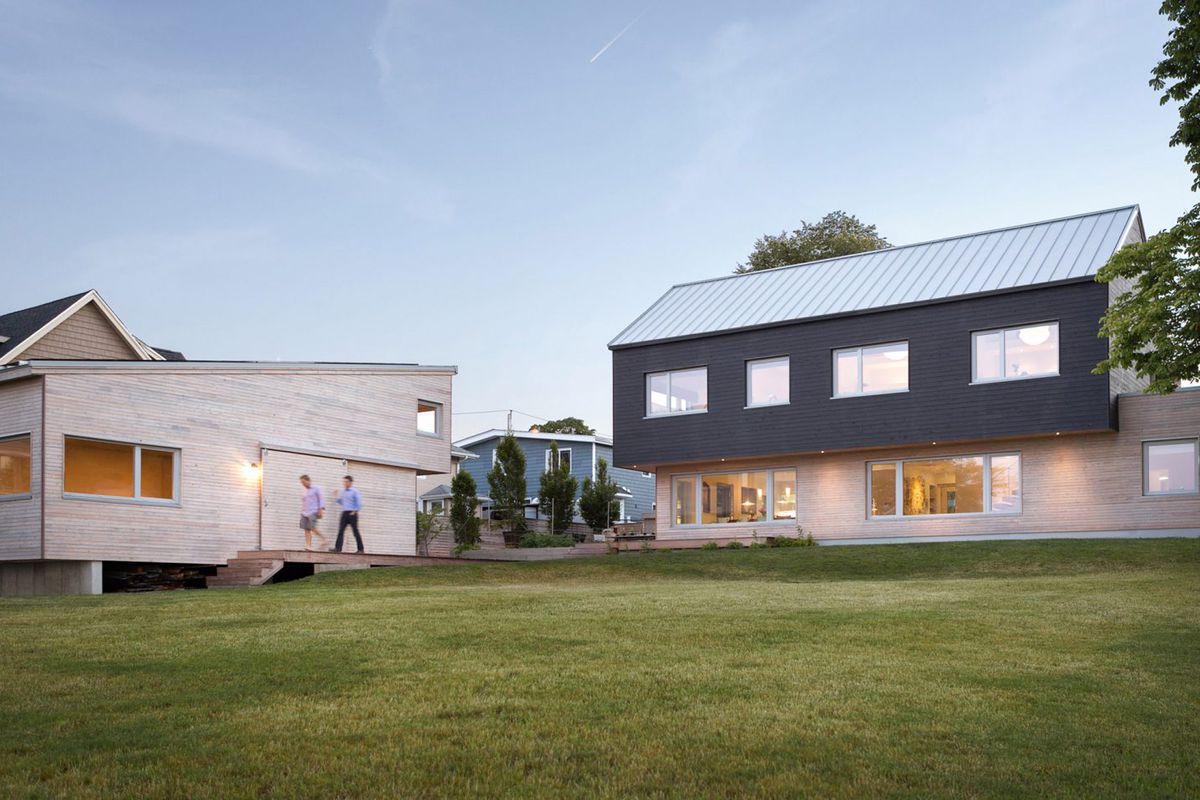An energy efficiency building effectively control buttons the stream of air, heat and moisture through the building.
People spend 80 – 90% of their time indoors – at the job, university and home. A competent building maintains moderate temperatures, low humidity and increased air quality. Plus energy conserving complexes use less energy and cost less to use and produce fewer greenhouse gasses, which is wonderful for you and the surroundings.
Improve indoor comfort
Cut costs on energy bills
Breathe healthy, fresh, clean air
Reduce moisture issues (mold, leaks, condensation)
Increase building resale value
Reduce fossil fuel use and greenhouse gas emissions
Improve indoor comfort and keep those toes warm!
A model energy efficiency building controls the movement of air, heat and moisture. Insulation, ENERGY Superstar® certified house windows, and air sealing work to keep the air inside the building warm and dry. Mechanical ventilation systems (admirers, heat recovery ventilators and air exchangers on heating systems) circulate the inner air as well as expel unwanted moisture and other pollutants. Properly sized, high-efficiency furnaces or boilers use less energy to heat buildings and, by controlling the ventilation throughout the building, minimize the occurrences of hot and cool places across all rooms.
Save money on energy bills
Improving your home or building’s energy efficiency can save you money. For instance, the average owner of a house taking part in the LiveSmart BC offer program will certainly reduce energy use by about 30 percent, providing cost savings of $600 over a $2000 gross annual heating bill.
Breathe healthy, fresh, climate
Just think of all kettles, fish tanks, plants and even individuals who are expelling moisture in to the air. Plus, microwaves, photocopiers, printers and even carpet and paint fumes all pollute in house areas where we live and work. Controlling the airflow with mechanical venting helps concur that the air in the building has been refreshed with outside air normally as required because they build codes. For instance, mid-air in a home should be completely substituted with fresh air every 3 hourfs. Fresh air takes less energy to heat than the inside air that gradually becomes contaminated with wetness and odors. A power successful and well-ventilated home is a wholesome home.
PassivEnergy complete over 600 Section J Certifications per year and are experts in commercial building certification.
Section J of the National Construction Code (NCC) Volume 1, shows the energy efficiency requirements of non-residential buildings. The main focus is to reduce the amount of energy a building requires for its normal operation.
All brand new buildings in Australia need to demonstrate their compliance, so a NCC Section J Report must be compiled to accompany the design documents at the Construction Certificate stage.
Reduce Moisture Issues
10 to 50 litres of moisture are released in the house every day. Dampness levels over 40% can create air quality problems. City Green advisors will highlight how to lessen condensation and fogging on glass windows, staining on walls and ceilings, peeling paint, mould development and odors.
When humidity is above 50%, airborne diseases are more difficult to control. To protect health and homes, all moist, stale air should be replaced with fresh air every 3 to 4 4 hours.
Finding the balance between lessening air leaks and guaranteeing appropriate ventilation is crucial. City Green’s Certified Energy Advisors are trained to evaluate your home’s energy needs based on a ‘house as a system’ building science approach. Only the “house as something” building science method of retrofit planning will prevent issues that solo product installations could cause.
Increase resale value
Energy efficient structures typically have much longer lifecycles, lower maintenance fees, and cost a lower amount to operate. Rentals properties are convenient to reside in, are quickly occupied, and report lower tenant turnover rates. The day light, comfortable temperatures and increased inside air quality of energy efficient commercial buildings leads to increased staff productivity. And, homeowners reap the benefits of increased control over their energy charges while living in a home that aids their lifestyle needs.
Reduce greenhouse gas emissions and donate to a healthier planet!
Through energy efficiency retrofits, the average home built 20 years ago gets the potential to lessen their energy bills by 30% – and also to reduce the amount of greenhouse gasses the house produces by 4.5 tons per year. Decreasing the quantity of greenhouse gasses in the atmosphere is an important step to lowering the impacts of climate change, both locally and internationally.

